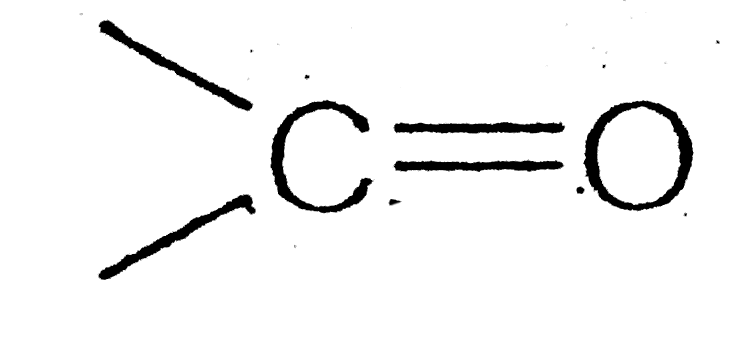Reactive group of RNA is
Phoshate
Pentose
2.-OH group
Nitrogen base
The correct Answer is:C
To determine the reactive group of RNA, let's analyze the components of RNA step by step.
1. Identify the Components of RNA:
RNA is composed of three main components:
- Nitrogenous bases (adenine, guanine, cytosine, and uracil)
- Ribose sugar (a pentose sugar)
- Phosphate group
2. Examine the Nitrogenous Bases:
The nitrogenous bases in RNA include adenine, guanine, cytosine, and uracil. These bases are crucial for the coding and decoding of genetic information but are not the reactive groups themselves.
3. Analyze the Sugar Component:
The sugar in RNA is ribose, which is a pentose sugar. While it plays a structural role, it is not considered a reactive group.
4. Consider the Phosphate Group:
The phosphate group is a component of RNA, similar to DNA. However, it is not the most reactive part of the RNA molecule.
5. Focus on the 2'-Hydroxyl Group:
The most significant reactive group in RNA is the 2'-hydroxyl group present on the ribose sugar. This hydroxyl group makes RNA more susceptible to hydrolysis, contributing to its reactivity and instability compared to DNA.
6. Conclusion:
Therefore, the reactive group of RNA is the 2'-hydroxyl group.
Final Answer:
The reactive group of RNA is the 2'-hydroxyl group.
RNA is composed of three main components:
- Nitrogenous bases (adenine, guanine, cytosine, and uracil)
- Ribose sugar (a pentose sugar)
- Phosphate group
The nitrogenous bases in RNA include adenine, guanine, cytosine, and uracil. These bases are crucial for the coding and decoding of genetic information but are not the reactive groups themselves.
The sugar in RNA is ribose, which is a pentose sugar. While it plays a structural role, it is not considered a reactive group.
The phosphate group is a component of RNA, similar to DNA. However, it is not the most reactive part of the RNA molecule.
The most significant reactive group in RNA is the 2'-hydroxyl group present on the ribose sugar. This hydroxyl group makes RNA more susceptible to hydrolysis, contributing to its reactivity and instability compared to DNA.
Therefore, the reactive group of RNA is the 2'-hydroxyl group.
The reactive group of RNA is the 2'-hydroxyl group.
Topper's Solved these Questions
- BOOK - AAKASH SERIESCHAPTER - MOLECULAR BASIS OF INHERITANCEEXERCISE - Exercise-I (DNA Replication)16videos
MOLECULAR BASIS OF INHERITANCE
- BOOK - AAKASH SERIESCHAPTER - MOLECULAR BASIS OF INHERITANCEEXERCISE - Exercise-I (Transcription)36videos
MOLECULAR BASIS OF INHERITANCE
- BOOK - AAKASH SERIESCHAPTER - MOLECULAR BASIS OF INHERITANCEEXERCISE - Exercise-III (Previous AIPMT/NEET Questions) (AFMC)5videos
MOLECULAR BASIS OF INHERITANCE
- BOOK - AAKASH SERIESCHAPTER - MINERAL NUTRITIONEXERCISE - Exercise - III52videos
MINERAL NUTRITION
- BOOK - AAKASH SERIESCHAPTER - NEURAL CONTROL AND COORDINATIONEXERCISE - EXERCISE-III( PREVIOUS AIPMT / NEET QUESTIONS)33videos
NEURAL CONTROL AND COORDINATION
Similar Questions
sc RNA is
View SolutionGive general electronic configuration of least reactive group. Why are they least reactive?
View SolutionSoluble RNA is
View SolutionTranscription of RNA is initiated when DNA dependent RNA polymerase binds to
View SolutionMaximum amount of RNA is found in
View SolutionComment on the reactivity of group 17 elements.
View SolutionDiscuss the trends in chemical reactivity of group 15 elements.
View SolutionAssertion. DNA is more stable while RNA is more reactive.
Reason. DNA was first discovered by Watson and Crick (1953).View SolutionThe reactivity of acid derivatives in general follows the order :
_E01_761_Q01.png)
The above order of reactivity can be explained in terms of the :
(i) Basicity of leaving group (ii) Resonance effect (iii) Inductive effect Weaker is the basic character of leaving group, more is the reactivity of acid derivative. In general, all the acid derivatives show resonance as follows:
_E01_761_Q02.png)
More is the stablization, lesser is the reactivity and vice-versa.
Acid derivatives although contain −O∣∣C− group, yet do not undergo the usual properties of carbonyl group. It is due toView SolutionWhich factors will increase the reactivity of
 group?
group?
(i) Presence of a group with positive inductive effect.
(ii) Presence of a group with (-ve) inductive effect
(iii) Presence of large alkyl group.View Solution

